Grace Robertson, photojournalist who created unforgettable images of life in postwar Britain – obituary
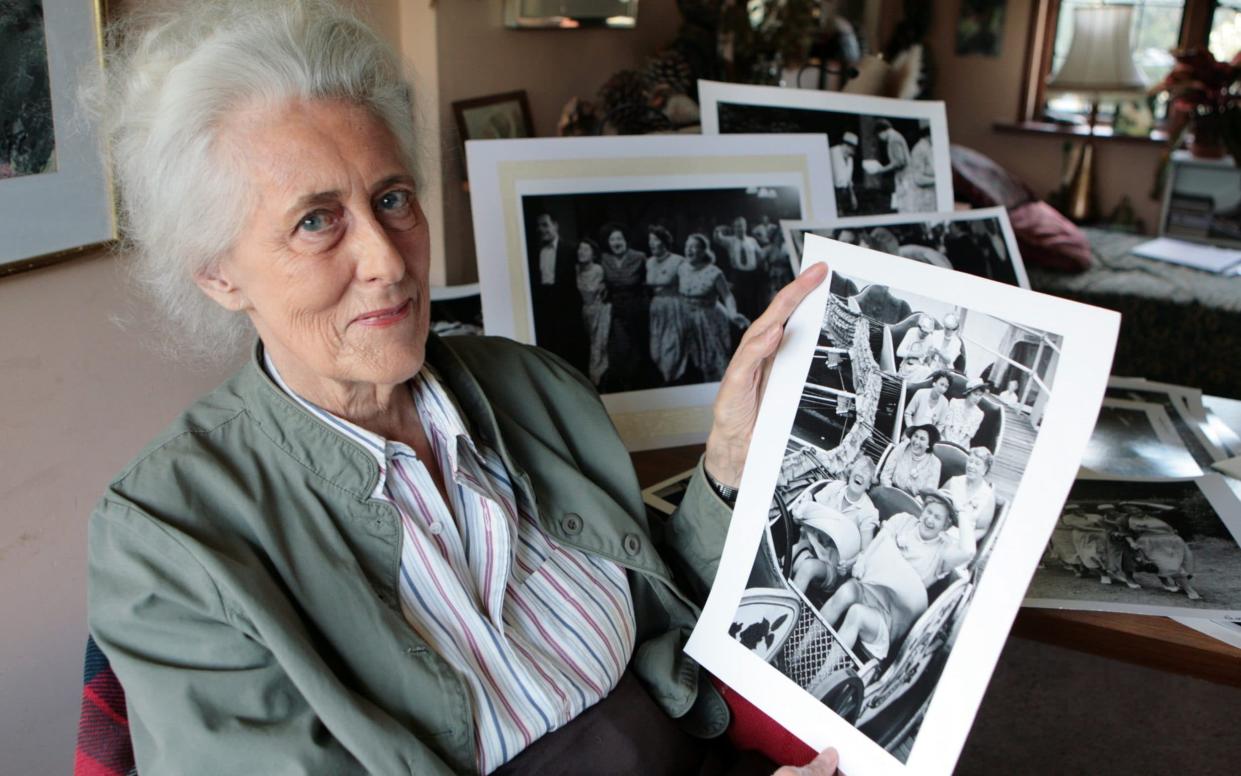
- Oops!Something went wrong.Please try again later.
Grace Robertson, who has died aged 90, was hailed late in life as a forgotten star of the golden age of photojournalism; and her memoir Grace Robertson: Photojournalist of the 50s made her something of a feminist idol.
Grace Robertson was born on July 13 1930 in Manchester, but educated in Surrey at Eothen School, Caterham. Her father, Fyfe “Robbie” Robertson, son of a Scottish miner turned United Free Church minister, had been expected to become a preacher too, but in 1943 he joined the weekly news magazine Picture Post, initially as picture editor, later blossoming as a feature writer and presenter of Tonight on BBC Television.
Grace showed keen interest in copies of Picture Post around the home, and borrowed books on photography from the public library.
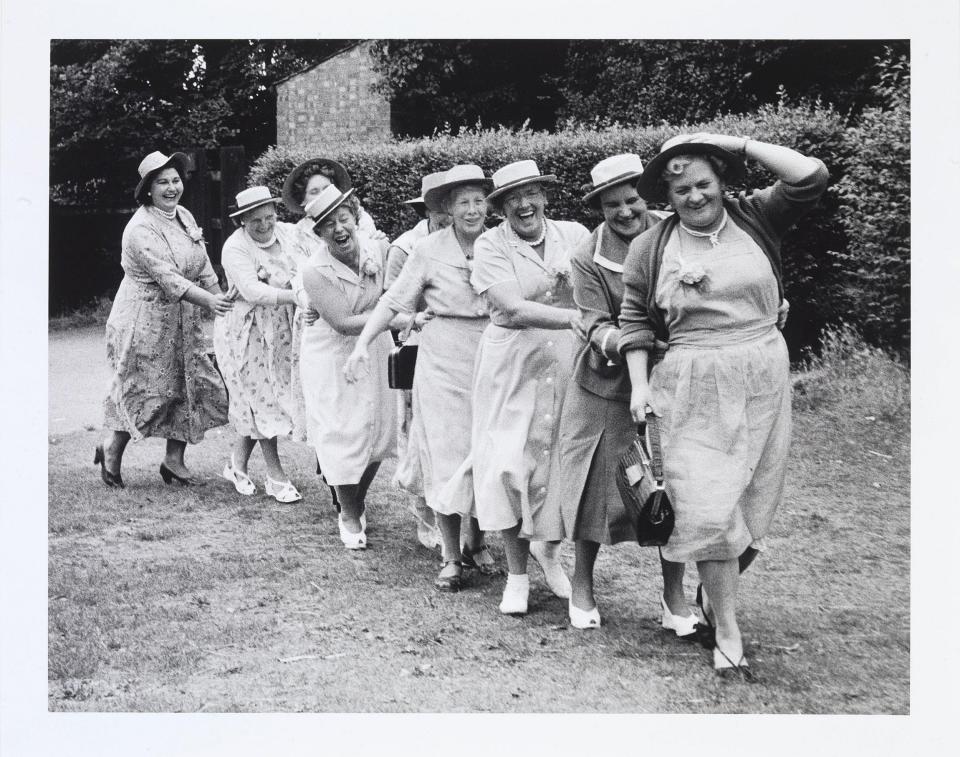
Her mother, Betty, had wanted Grace to be a ladylike teenager, directing her never to appear in public without hat and gloves. But when Betty was stricken by rheumatoid arthritis, the 16-year-old Grace left school and for two years ran the household.
Her father applauded her ambition to be a photographer and bought her a second-hand Leica – the 35mm camera recommended by Kurt Hutton, the distinguished Picture Post photographer, in his book A Speaking Likeness.
Armed with this, and improvising a darkroom in a disused bathroom, Grace began to look more closely at the drab routine of postwar life around her in the streets, with their long food-rationed queues of women. As a grey blur of faces came into individual focus, she sensed that an empathetic eye would be as important as a reliable camera and darkroom wizardry in the making of a serious, caring photographer.
She even dared, secretly, to submit some efforts to Picture Post under the pseudonym “Dick Muir” (Muir was her mother’s maiden name), using a friend’s address. They were returned, but with the encouraging comment: “Persevere, young man.”
Next came a three-year spell with Report, an agency run by the brutally critical maestro Simon Guttmann, who sent her out to contrive photo reports from such material as “The Bird Fanciers of Shoreditch”. It was a gruelling apprenticeship. But Guttman sold a number of Grace’s stories to Picture Post, including a sequence of her younger sister Elizabeth doing her homework.
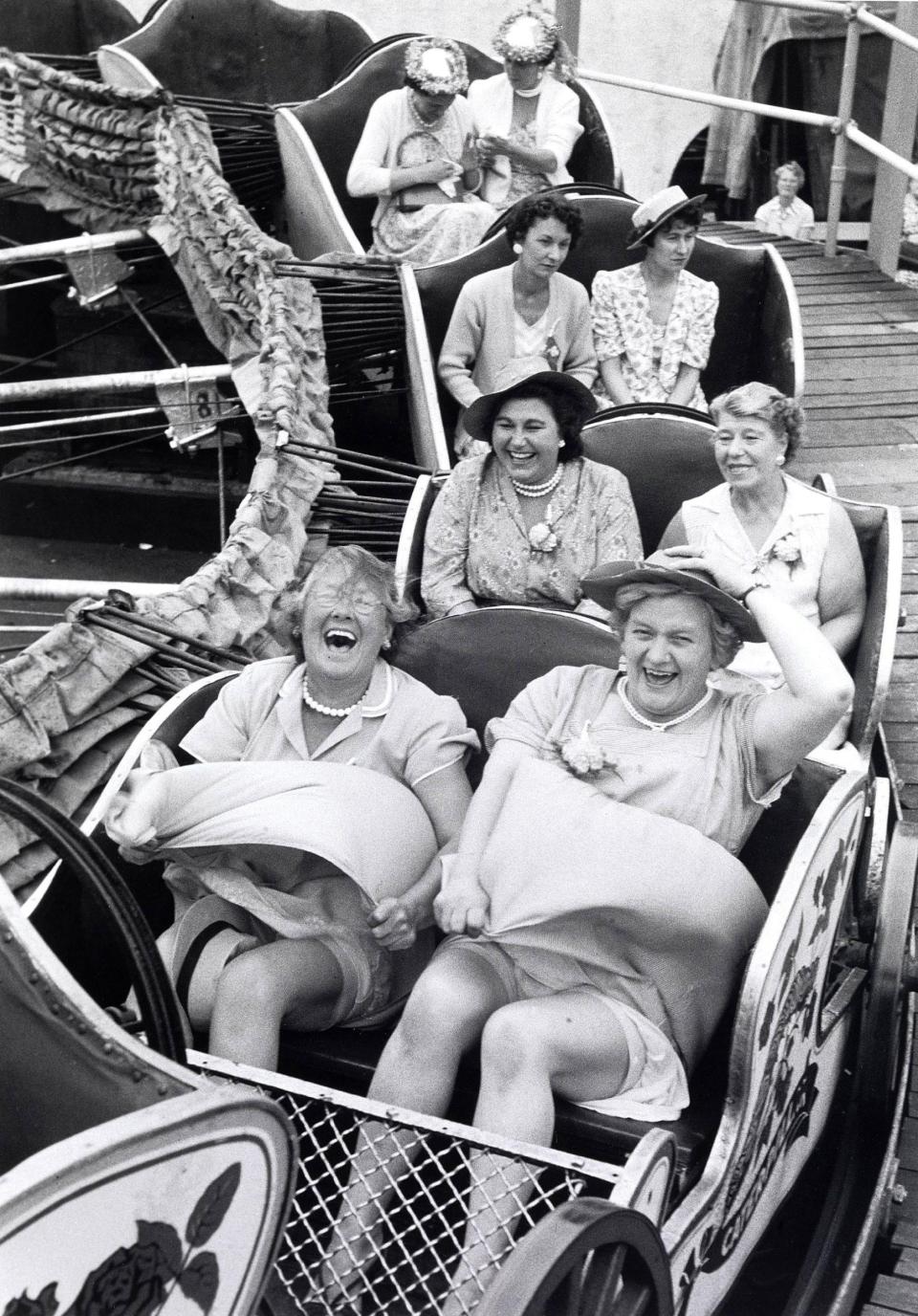
Grace was now warmly welcomed by the magazine’s photographers, including Kurt Hutton, whom she particularly admired. But to prevent any suspicion that she was relying on her father’s influence, she refused to join the staff, even insisting that, as a freelance contributor, she should not be asked to go on jobs with her father (something she later regretted).
“In July 1951 I accompanied Grace on her first assignment,” recalled David Mitchell, one of the magazine’s writers. “ ‘Shearing Time in Snowdonia’ was the theme and everything clicked: a rare spell of fine weather; Grace, 6 ft tall and glowingly handsome, levelling her trusty Leica at bedraggled sheep dog-driven down steep hillsides to the dipping pool and shearing sheds 2,000 ft below.
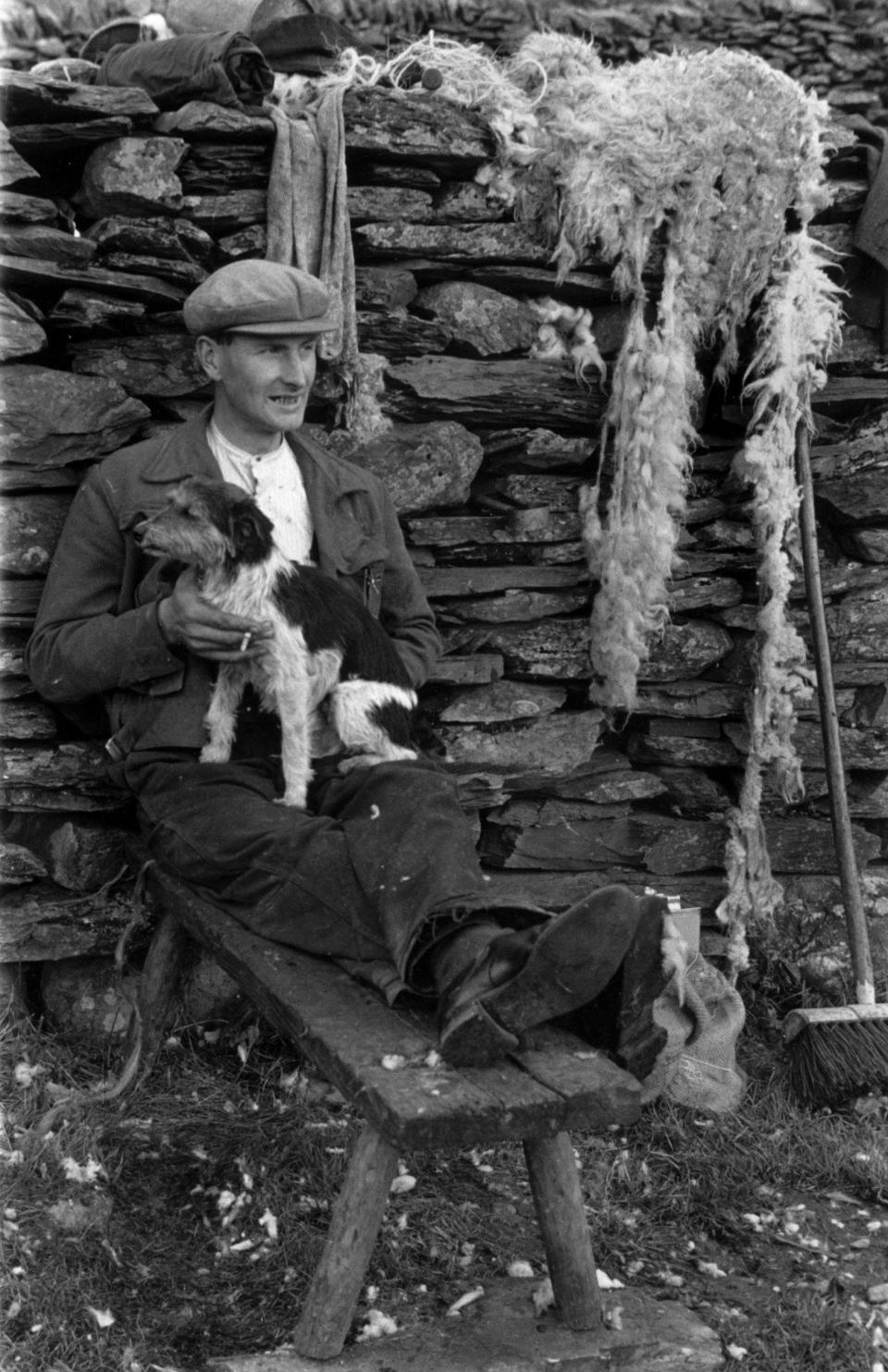
The result was a wondrous evocation of the dramatic annual fleece harvest – and it remains one of her best-known photo-essays, together with “Mother’s Day Off”, picturing a Battersea women’s whoopee pub outing to Margate, shot in the summer of 1954.
This cockney extravaganza caught the attention of Life magazine, the much glossier American equivalent of Picture Post, and Grace Robertson was commissioned to repeat the story, this time unwillingly trailing a different bunch of day trippers, whom she followed in a chauffeur-driven Rolls-Royce.
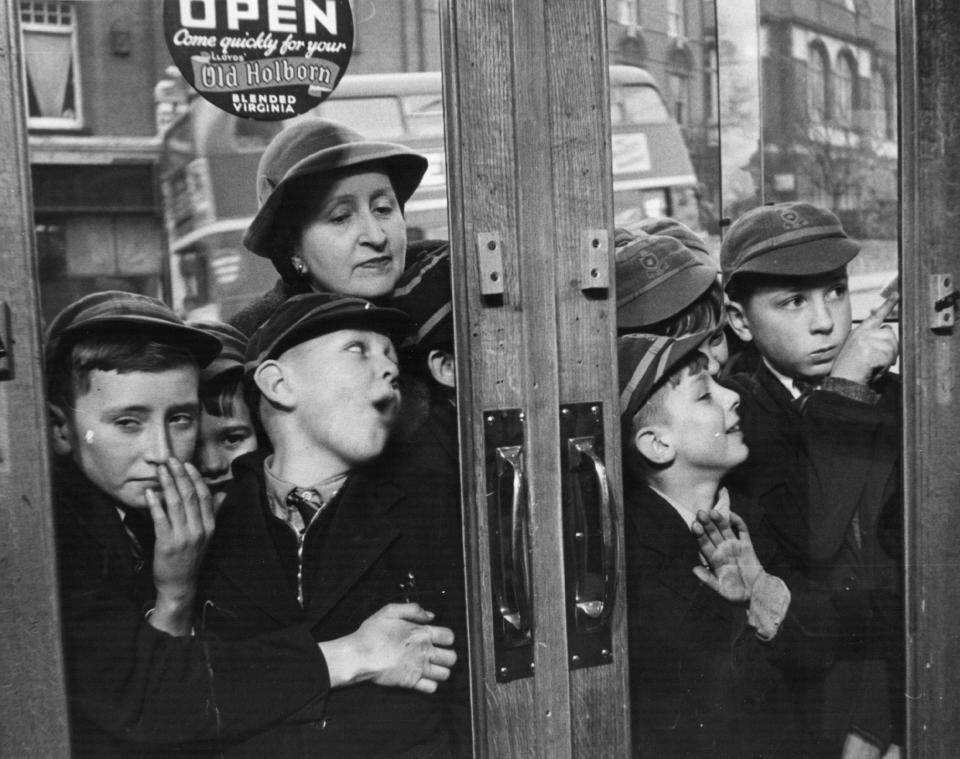
The assignment led to her most famous shot, in which two middle-aged women on a fairground ride are caught struggling to maintain their dignity as their skirts billowed around them. She declined the offer of a staff job on Life, having just married Thurston Hopkins, a leading Picture Post photographer 17 years her senior.
When Picture Post folded in 1957 she continued to freelance until two children, Joanna and Robert, were born and her husband had embarked on a lucrative period of advertising photography.
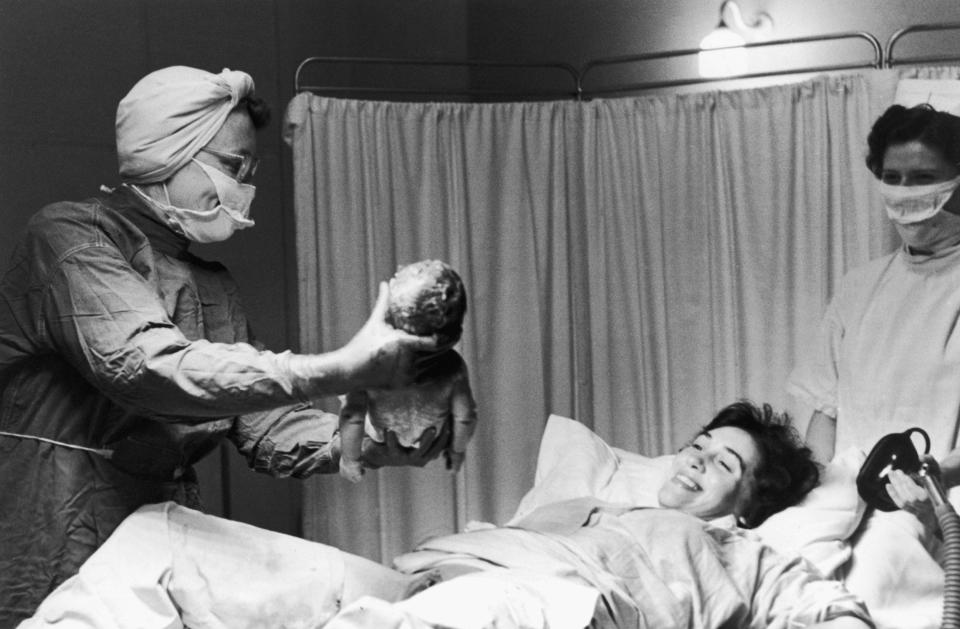
She decided to retrain as a primary school teacher, and with typical determination taught until 1976, when the stress of controlling large, sometimes unruly, classes caused a breakdown. During a lengthy convalescence she read widely and started to paint decorative landscapes.
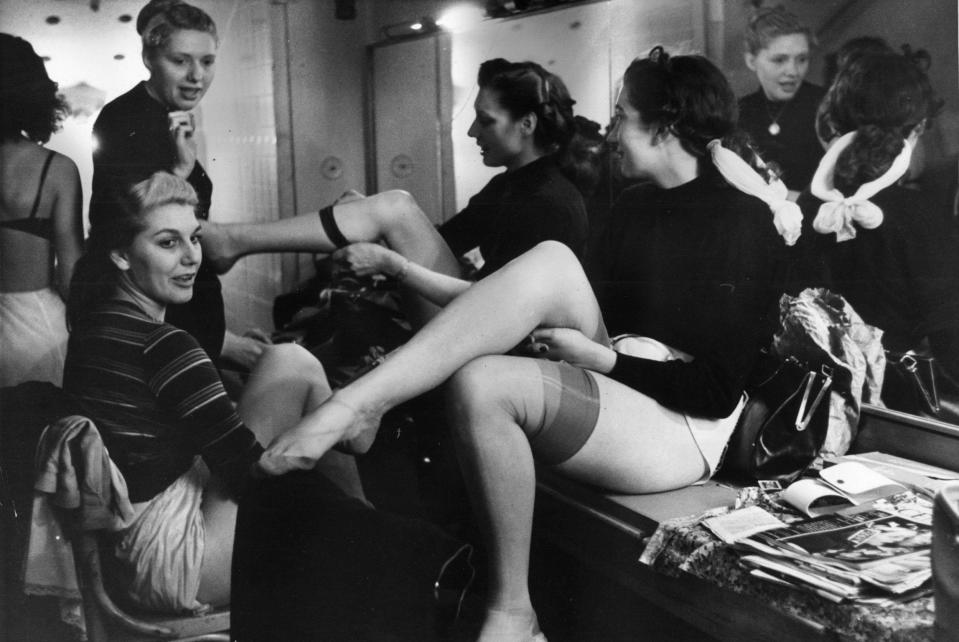
By the early 1980s, when her rediscovery as a pioneering female photojournalist had begun, Grace and her ever-supportive husband (plus one of the beloved cats) had settled in a cottage at Seaford, East Sussex.
With her striking looks, halo of snowy hair and clarity of diction, she came across impressively on both television and radio. Exhibitions followed, notably one accompanying a BBC Two series Into the Nineties on zestful nonagenarians.
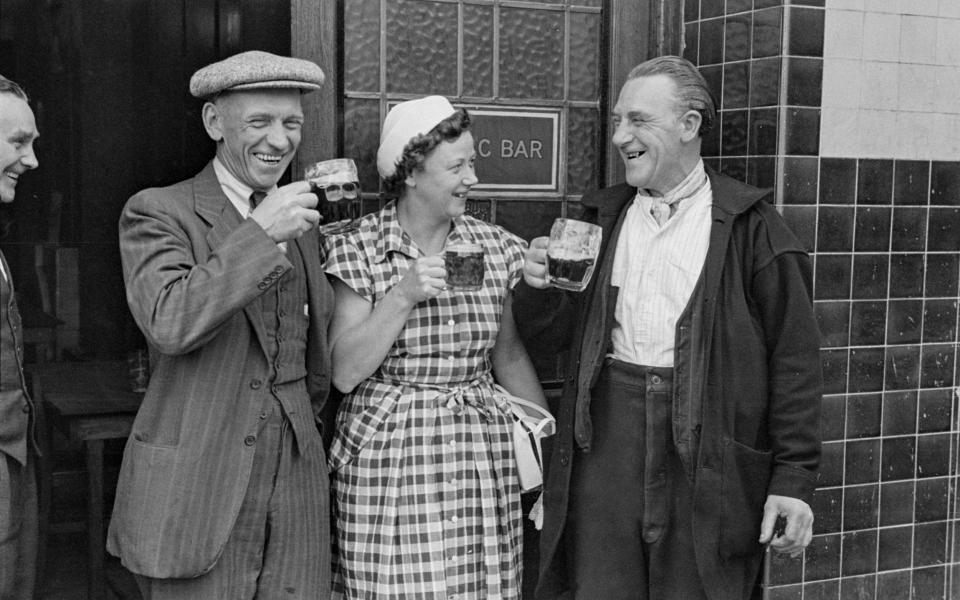
She received awards both in Britain and America, yet she was aware that her photo-work was relatively limited; admitting that her OBE in 1999 “for services in photography” was at least partly conferred in recognition of other activities.
For instance she was a photographic adviser to South East Arts; a vigorous presence on the lecture circuit; and she launched a degree course in photography at Brighton University.
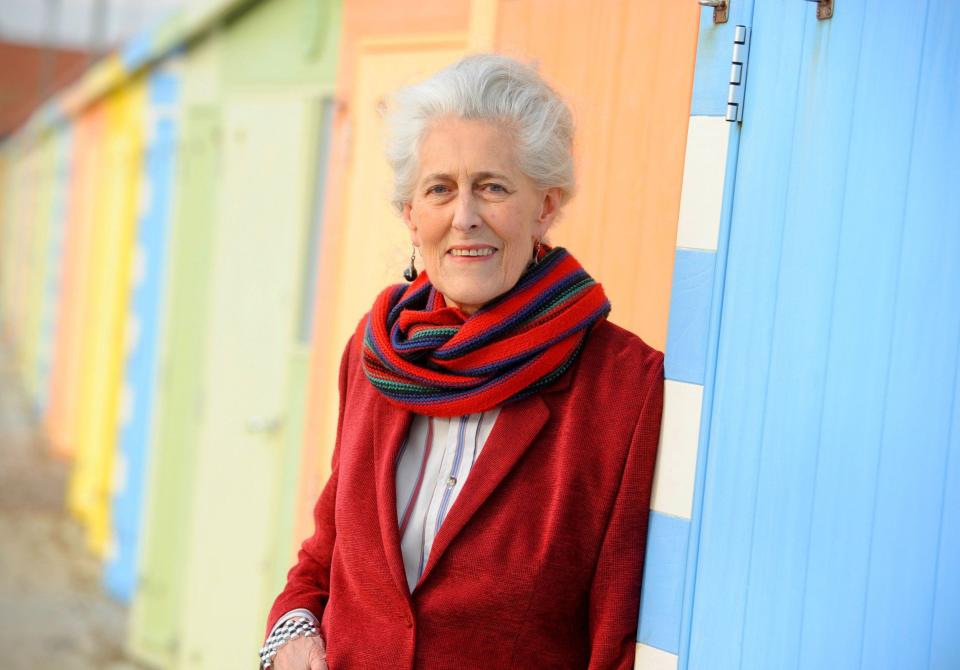
Grace Robertson, like Thurston Hopkins, considered photography to be a craft, not an art; but she mourned the virtual death of classic photojournalism in the age of television, the internet, social media and the resultant blizzard of competing images and information.
“That’s what I liked about Kurt Hutton,” she said. “He never shouted.” It was precisely the quietness of Grace Robertson’s work that resonated with audiences: “Gentle pictures are probably dead as a dodo today,” she said, “but back then it was different.”
Her husband (“my dearest one”) died in 2014; she is survived by their children.
Grace Robertson, born July 13 1930, died January 8 2021

